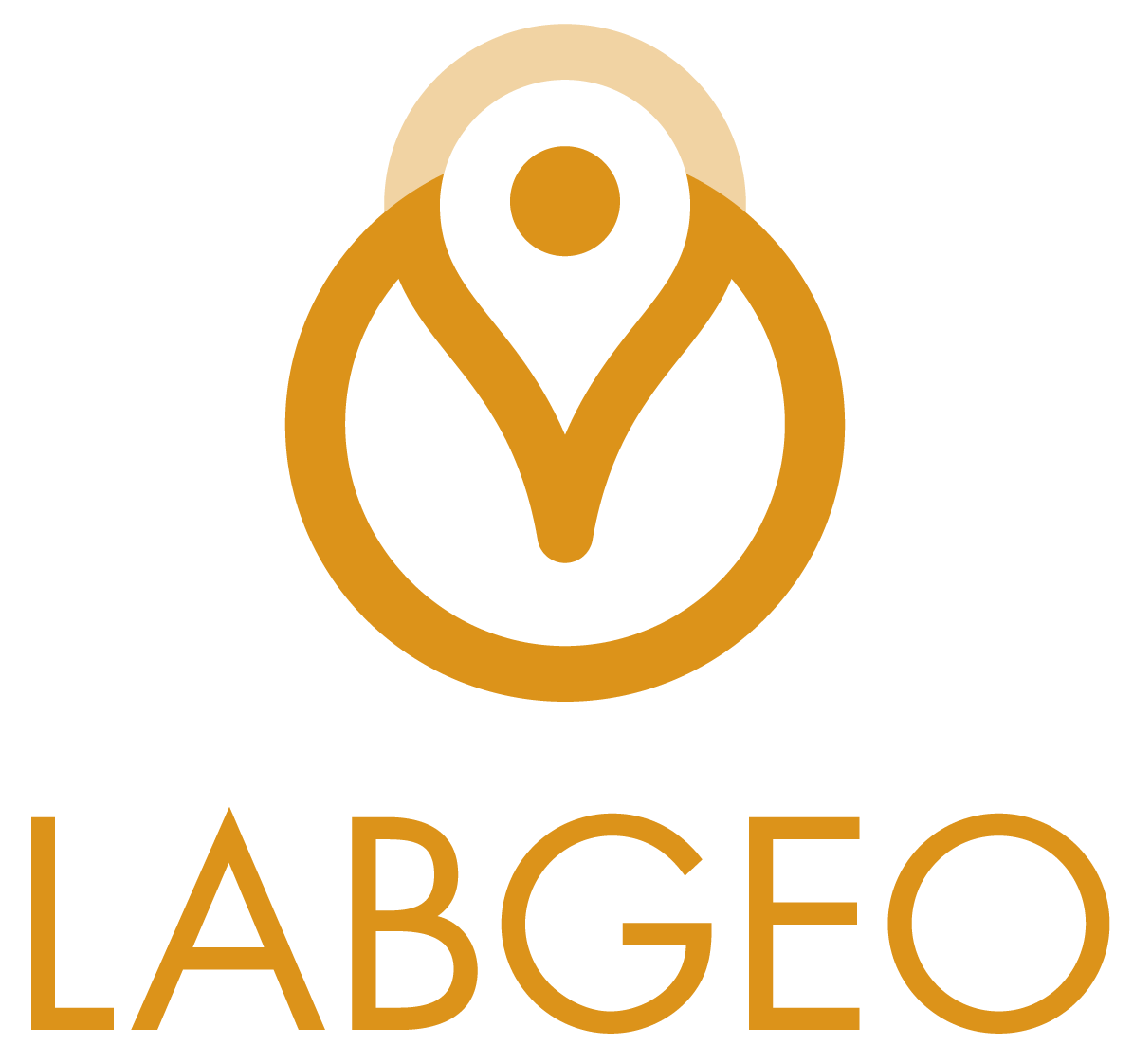REMAP is a project about the reconstruction of the historical landscape on the basis of cartographic, documentary and archeological sources analyzed through a methodological approach that highlights geographical and cultural nodes and paths and the use of innovative technologies to manage and share data. The main question is: can we use historical cartographies to reconstruct the identity plotted in a territory that has suffered the fragmentation of its territorial heritage?
REMAP investigates the Madaba Map (6th century CE), a detailed representation on a mosaic floor, depicting the Holy Land, summarises the cartographic knowledge of the Roman and Byzantine world and represents the most detailed example left of a topographic representations of that area.
The acronym REMAP, in our intentions, is intended to evoke the action of mapping through innovative technologies capable of adding content to the representation and offering a more engaging narrative. The mosaic tiles correspond to as many signs in the landscape, tangible and intangible, which need to be decoded to reconstruct interrupted or forgotten plots. The title of the project therefore describes the object of the research and, in part, also the objectives we intend to achieve, recalling the role that cultural and archaeological heritage can play today in activating virtuous development processes. The choice of the research methodology and the communication strategy – inclusive, replicable, incremental – are focused on the impact that knowledge and valorisation projects of Jordan’s cultural heritage can have in sustaining, over time, a local economy in economic, environmental, social and cultural terms.
REMAP exhibition – “Tiles of Time”
